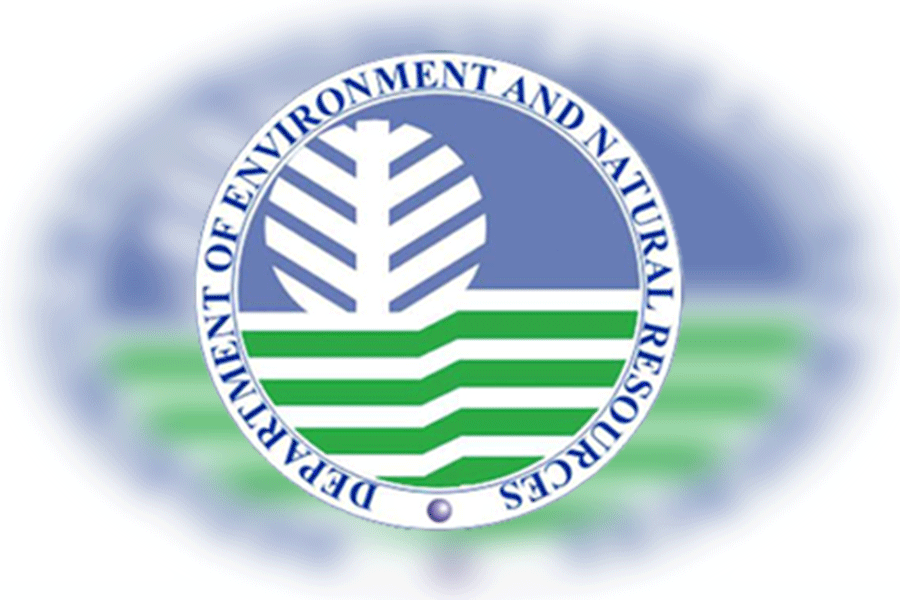CITY OF SAN FERNANDO, Pampanga — The Department of Environment and Natural Resources (DENR) here identified about 53 cave areas in Central Luzon and urges the public to protect and conserve these resources, which serve as home to important animal species and potential ecotourism site, environment officials announced yesterday.
Paquito Moreno, Jr., regional director of DENR said caves are critical part of an ecosystem which is rich in biological, historical and geological resources.
“’Central Luzon is rich in cave. This natural ecosystem is one of the wonders of nature and part of our natural heritage. It is usually hidden in the mountains and exhibit awesome rock formations of stalactites and stalagmites,” he explained.
He said caves must be protected and sustainably managed as it contains valuable natural resources which can provide numerous educational, historical, cultural, economic, scientific and aesthetic benefits to our communities.
According to Arthur Salazar, deputy director for Technical Services, caves are home to some important species of frogs, bats, mammals, birds, reptiles, crabs and even microorganism.
“This unique ecosystem also contains specialized mineral formations, including calcite, limestone, and gypsum,” he said.
He said out of the 53 identified caves in the region, 27 of these can be found in Bulacan, ten are in Nueva Ecija, eight in Zambales, six in Aurora and two are in Tarlac.
The DENR has also officially classified eight caves in Aurora and Bulacan into Class 1 and 2, which are now being managed by the local government units (LGU), he added.
These caves are Sinag, Tikbalang and Layang-layang caves, all in San Luis town in Aurora; Puning cave in Dona Remedios Trinidad town, Bayukbok, Pebbles and Madlum caves in San Miguel town, and Pinagrealan cave in Norzagaray town, all in Bulacan.
According to DENR cave classifications, class 1 caves are those with delicate and fragile geological formations, threatened species, archeological and paleontological values, and extremely hazardous. Allowable use may include mapping, photography, educational and scientific study.
Class 2 are those caves with areas or portions which have sections that have hazardous conditions and contain sensitive geological, biological, archeological, cultural, historical, and biological values or high-quality ecosystem. It may be necessary to close sections of these caves seasonally or permanently. It is open only to experienced caves or guided educational tours or visits
Class 3 are caves generally safe to inexperienced visitors with no known threatened species, archeological, geological, natural history, cultural and historical values. These caves may also be utilized for economic purposes such as guano extraction and edible birds nest collection.
“We urge the public especially those cave enthusiasts, mountain climbers and eco-tourist to protect and conserve our cave areas in the region because this is one of our pride and natural heritage,” Moreno said.
DENR study shows that over 1,500 caves have been recorded since 1994, 38% of these can be found in Luzon, 37% are in Visayas and 22 % are in Negros-Panay island.
Section 7 of Republic Act (RA) No. 9072 or the National Caves and Cave Resources Management Act, prohibits the destroying, disturbing, defacing, marring, altering, removing, or harming the speleogem or speleothem of any cave or altering the free movement of any animal or plant life into or out of any cave.
The law also prohibits the gathering, collecting, possessing, consuming, selling, bartering or exchanging or offering for sale without authority any cave resources.
Anyone found guilty of violating Sec. 7 of RA 9072 shall be punished by up to six years of imprisonment and a maximum fine of P500,000.
DENR defined cave as any naturally occurring void, cavity, recess or system of interconnected passages beneath the surface of the earth or within the cliff or ledge and which is large enough to permit an individual to enter whether or not the entrance, located either in private or public land, is naturally formed manmade. It also includes cave resources therein, but not any vug, mine tunnel, aqueduct or other man-made excavation.





